Now Reading: Best Places Visiting in Reasi – Explore Top Attractions & Scenic Spots
-
01
Best Places Visiting in Reasi – Explore Top Attractions & Scenic Spots
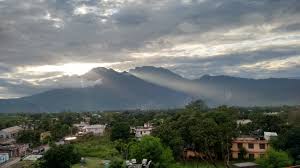
Best Places Visiting in Reasi – Explore Top Attractions & Scenic Spots
1.Siyad Baba

Among all waterfalls in North India Siyad Baba Waterfall stands out as one of the largest. Siyad Baba Waterfall stands on the Chenab River within the Reasi district of Jammu and Kashmir at a height of 466 meters. Its more than 100-foot drop into the depths produces a captivating sight which draws both nature lovers and vacationers together.
Siyad Baba Waterfall serves as a perfect stop for people searching for outdoor thrills. Thrilling visitor experiences at the location include trekking and rock climbing and natural landscape exploration. Winter time visitors enjoy the thrilling challenge of jumping into the continuously flowing and freezing water at Siyad Baba Waterfall.
Best Time to Visit
Visiting Siyad Baba Waterfall is possible throughout the entire year yet July through October provides the optimal conditions for discovery. The waterfall reaches its peak during these months because it drops its water powerfully from the tall cliffs.
2.Shiv Khori
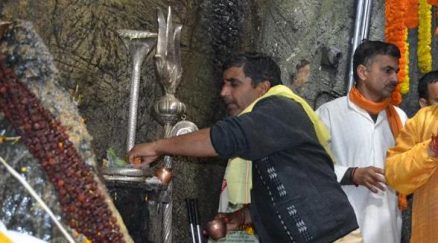
Shiv Khori stands as a sacred temple located within Ransoo in Jammu and Kashmir which honors Lord Shiva. The sacred cave holds naturally occurring Shiva Lingam which draws vast numbers of worshippers during each year.
Shiv Khori has achieved fame because it displays Shiva Lingam shapes that appear naturally. The mountainous passage stretches far into the depths where natural rock shapes become regarded as depictions of Hindu deities. Travelers attain spiritual euphoria when walking through the sacred path that leads to the sanctum.
During Shivratri festival a grand fair runs over three days every year to welcome thousands of devotees who seek blessings from Lord Shiva. A total of 16,000 pilgrims venerate the holy shrine during July whereas the temple welcomes about 20 lakh devotees yearly making it a major pilgrimage destination in northern India.
3.BHIM GARH FORT

The architectural and historical artwork of Bhim Garh Fort exists as Reasi Fort within the Reasi district territory of Jammu and Kashmir. This fort rests upon a hill by the Anji River bank to showcase historical as well as strategic importance of the region.
The local Reasi rulers first built the fortress before General Zorawar Singh enhanced it with defensive measures to protect against Chinese military attacks in Ladakh. His work to strengthen Bhim Garh Fort made it a fortress which effectively defended the region from outside aggression.
The military fortification showcases perfect examples of defensive architecture through its impressive stone construction with elaborate carvings as well as its calculated defensive systems. The defensive aspects of the structure are demonstrated through watchtowers and secret tunnels which are supported by sturdy gates that emphasize its strategic importance. Despite centuries of wear and tear, the fort still stands as a symbol of resilience and strength.
4.Salal Power

A substantial hydroelectric facility operates at Salal Power Project within the Reasi district of Jammu and Kashmir. Its status as both efficient energy source and engineering masterpiece together with its picturesque environment draws numerous visitors to the site.
Tourists have discovered Salal Power Project not only because of its industrial role but also because it functions as a visitor hotspot. People visit the Salal Dam because it presents visitors with a mesmerizing vista of the grand Chenab River. The site attracts tourists to its location as visitors want to see the excellent hydroelectric facilities while enjoying the area’s natural scenery.
Why Visit?
- Guests find the huge dam combined with the picturesque landscape to be nothing short of spectacular.
- The site holds substantial educational value because it teaches visitors about hydroelectric power generation and regional development after implementing this technology.
- Visitors experience complete enjoyment from the combination of rugged mountains and the picturesque river during their expedition.
5.Baba Aghar Jitto

Baba Aghar Jitto stands today as a symbol for people to express devotion with his commitment to justice together with his sacrificial acts. People respect him because he followed Shri Mata Vaishno Devi while using his dedication to farmers’ rights to face injustice before making the biggest sacrifice of his life. The inspirational effect of his life story impacts countless people who visit his commemorative site.
As a straightforward farmer Baba Aghar Jitto devoted all his years to maintaining righteousness and fairness. His life dedicated itself to the fight for justice where he worked to achieve fair agricultural yield distribution. The local administrator Bir Singh and Baba Aghar Jitto shared an agreement about crop ownership despite their opposing social classes. Baba Aghar Jitto made a strong protest after the Jagirdar refused to give him what rightfully belonged to him. He gave up everything to demonstrate his opposition against injustice throughout his life until his death. His decision to sacrifice himself elevated him to an iconic status within farming communities because it demonstrated both anti-oppression resistance and personal rights advocacy.
Related articles : Best Places Visiting in Ramban – Explore Top Attractions & Scenic Spots
Stay Informed With the Latest & Most Important News
Previous Post
Next Post
-
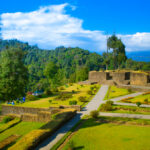 01Top 5 Best Places Visiting in Gyalshing – Monasteries, Lakes & Scenic Escapes
01Top 5 Best Places Visiting in Gyalshing – Monasteries, Lakes & Scenic Escapes -
 02Top 5 Best Places Visiting in Panna – Temples, Waterfalls & Wildlife Escapes
02Top 5 Best Places Visiting in Panna – Temples, Waterfalls & Wildlife Escapes -
 03Top 5 Best Places to Visit in Malerkotla – Malerkotla Fort, Sheesh Mahal & More
03Top 5 Best Places to Visit in Malerkotla – Malerkotla Fort, Sheesh Mahal & More -
 04Top 10 Best Places Visiting in Dakshina Kannad for Culture, Nature & Coastal Charm
04Top 10 Best Places Visiting in Dakshina Kannad for Culture, Nature & Coastal Charm -
 05Top 2 Best Places Visiting in Chitradurga for History, Nature & Adventure
05Top 2 Best Places Visiting in Chitradurga for History, Nature & Adventure -
 06Best Places Visiting in Shopian – Explore Top Attractions & Hidden Gems
06Best Places Visiting in Shopian – Explore Top Attractions & Hidden Gems -
 07Best Places Visiting in Narmadapuram – Temples, Waterfalls & Wildlife Escapes
07Best Places Visiting in Narmadapuram – Temples, Waterfalls & Wildlife Escapes












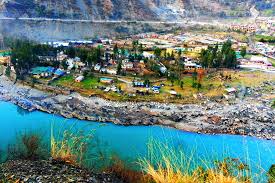
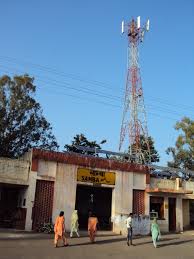
Pingback: Best Places Visiting in Samba | Top Attractions & Scenic Spots